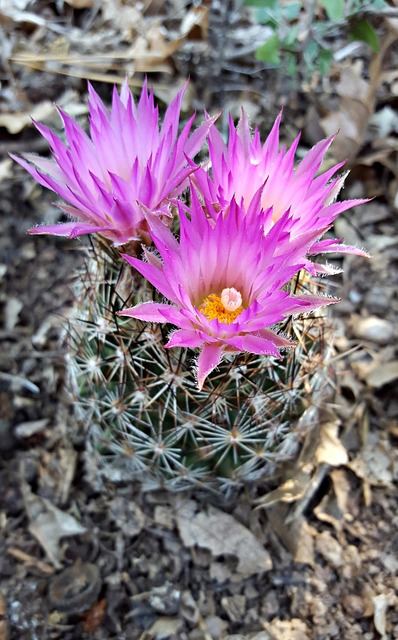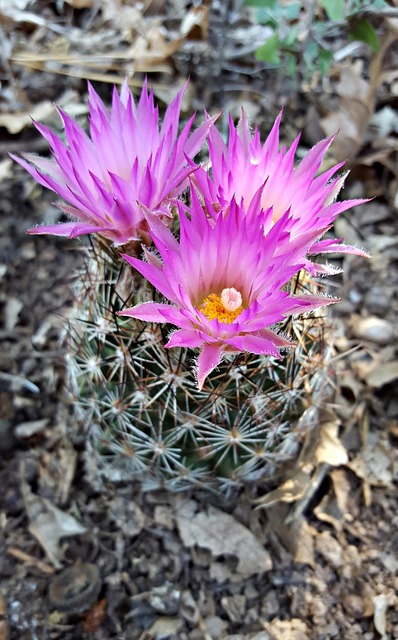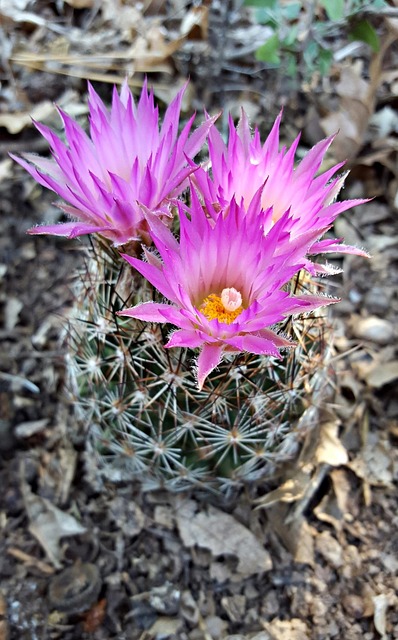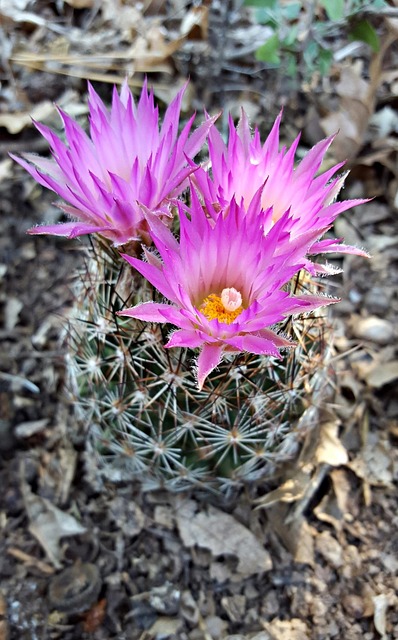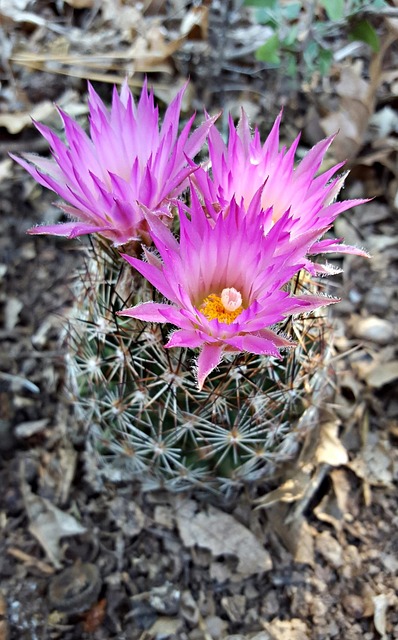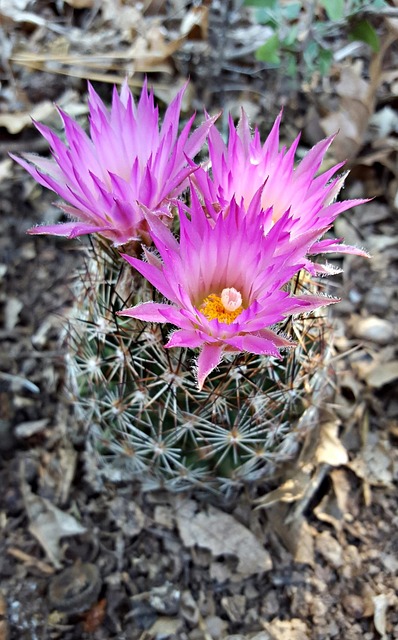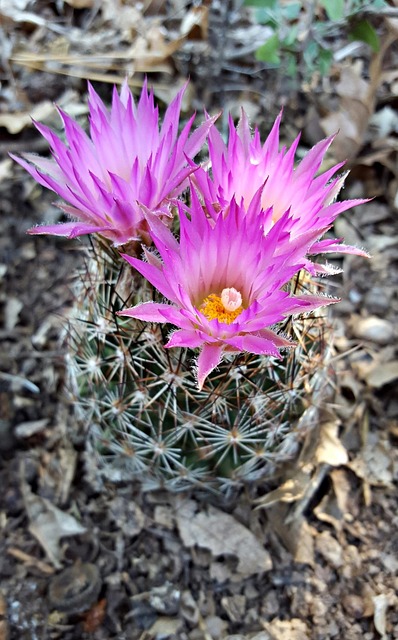Real estate development plays a crucial role in shaping urban landscapes by fostering cultural diversity through varied housing options, mixed-use spaces, and historic preservation. Affordable housing and mixed-use zoning encourage cross-cultural interaction, enriching the city's tapestry. Cultural attractions like landmarks, galleries, and dining scenes enhance quality of life for residents and drive tourism, making cities attractive for real estate investment. Strategic partnerships with artists and cultural organizations, as well as support for events and venues, can boost property values, attract diverse buyers, and strengthen the neighborhood's cultural fabric.
“Discover how real estate plays a pivotal role in cultivating diverse and vibrant cultural scenes. This article explores the symbiotic relationship between property markets and unique cultural attractions, highlighting their collective impact on urban landscapes. We delve into strategies that developers and city planners can employ to foster artistic expressions and community engagement. By examining successful cases, we uncover ways to create spaces that attract investors and visitors, ensuring a thriving culture in real estate’s ever-evolving landscape.”
The Role of Real Estate in Shaping Cultural Diversity

The role of real estate in shaping a city’s cultural scene is profound and often overlooked. Urban spaces, from vibrant neighborhoods to historic districts, are physically defined by their architecture and the properties that make up their landscapes. Real estate developments play a pivotal part in cultivating cultural diversity; diverse housing options attract individuals from various backgrounds, fostering an inclusive environment where unique traditions, cuisines, and artistic expressions can flourish.
When developers embrace mixed-use zoning and promote affordable housing, they create spaces that encourage interaction between different communities. This, in turn, leads to cross-cultural exchanges, enriching the city’s cultural tapestry. Moreover, historic preservation efforts through real estate initiatives ensure that culturally significant buildings and areas are protected, allowing generations to appreciate and understand the diverse heritage of a metropolis.
Unique Cultural Attractions: A Magnet for Investors and Visitors Alike
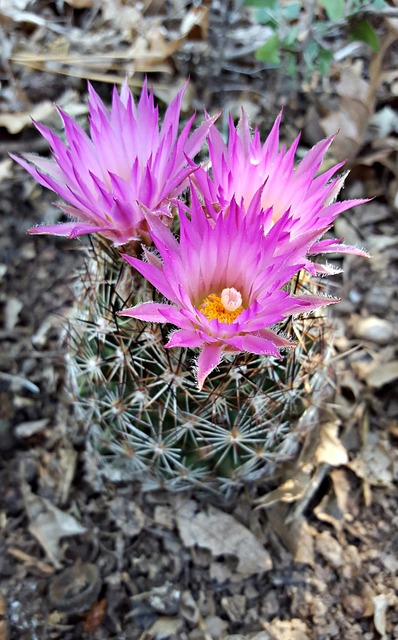
The unique cultural scene in a place is a powerful draw, acting as a magnet for investors and visitors alike. This vibrant tapestry of arts, music, festivals, and local traditions creates an atmosphere that’s both dynamic and inviting. Real estate in such locations often becomes a hot commodity, with developers recognizing the potential to cater to a diverse range of buyers, from those seeking a change of pace to artists looking for inspiration.
Attractions that showcase the area’s culture—from historic landmarks to modern art galleries and eclectic dining scenes—play a significant role in enhancing the quality of life and attracting tourism. This cultural vibrancy not only enriches the lives of residents but also contributes to the local economy, making it an appealing destination for investors looking to diversify their portfolios with real estate projects that cater to this diverse cultural scene.
Strategies for Developing a Vibrant Cultural Scene in Real Estate Markets
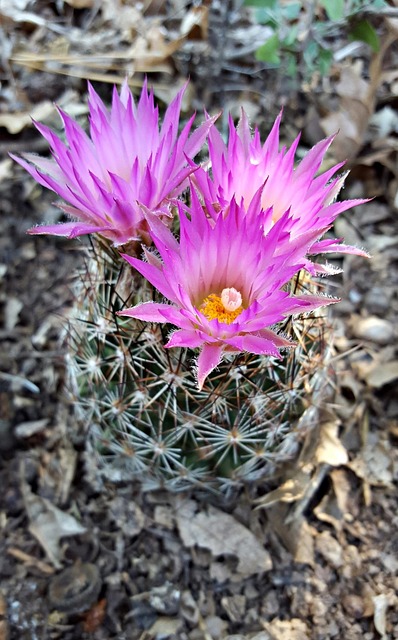
In real estate markets, cultivating a vibrant cultural scene is a strategic move that can significantly enhance property values and attract diverse buyers. One key strategy involves fostering artistic expression through partnerships with local artists and art organizations. This could manifest as curated art installations in public spaces or collaborative projects with developers to incorporate unique design elements into buildings. Such initiatives not only add aesthetic appeal but also contribute to the area’s distinct character, making it an attractive destination for culture vultures.
Additionally, real estate developers can actively support cultural events and venues by offering spaces for temporary exhibitions, performances, or community gatherings. This could include converting underutilized properties into pop-up galleries, hosting music festivals in vacant lots, or partnering with theaters to provide affordable performance spaces. These efforts create a dynamic environment that encourages creativity and social interaction, ultimately strengthening the cultural fabric of the neighborhood and increasing its desirability in the real estate market.
